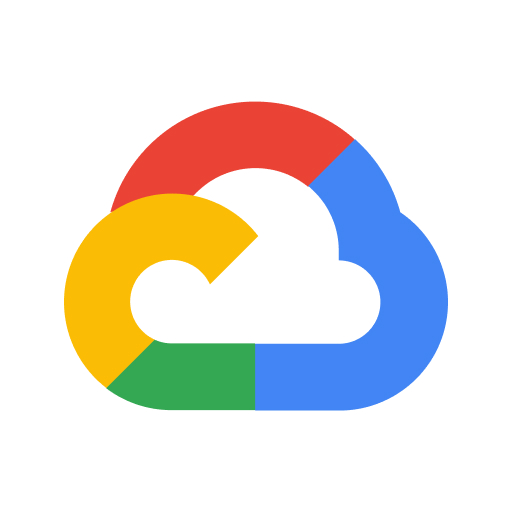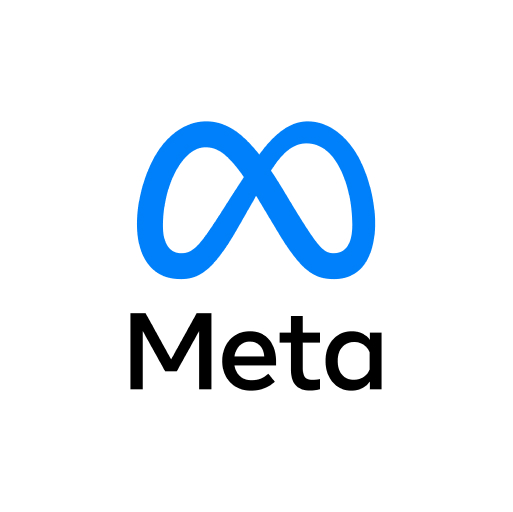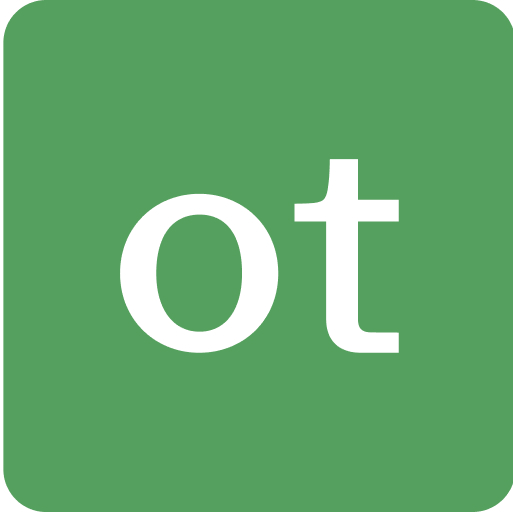Resolve identities across environments
Accelerate the creation of a durable, privacy-centric identity spine that forms the foundation for all your audience activation and monetization efforts, giving you unparalleled flexibility and control.

Unify Signals

Composable Identity

Turn-Key Alternative IDs
Identity built for enterprise scale
30B+
800M+
500M+
50+

“User identity activation technology is revolutionizing the audio landscape, creating new ways for brands to reach audiences and publishers to enhance the listener experience. This integration with Optable further highlights our commitment to expanding and enhancing our ecosystem of solutions as publisher and advertiser needs evolve.”

Unify signals across known & unknown visitors
Get the full picture of your audience by capturing signals across every touchpoint—online or offline, authenticated or anonymous. Connect the dots across domains and channels to build smarter unified visitor profiles that power better campaign & programmatic performance.
Build flexible & extensible identity graphs for any use case
Resolve identities across platforms, touchpoints, and partners to build custom graphs that adapt to your ecosystem. No black boxes, just a transparent, interoperable foundation you can extend, enrich, and govern without vendor lock-in.


Maximize addressability with turn-key alternative ID integration
Accelerate your ability to participate in the broader identity ecosystem, ensuring your valuable first-party audiences are addressable and monetizable through the channels and partners that matter most.
Identity powers all use cases
Optable bridges identity gaps — no matter the source or signal. Build a future-proof identity spine extensible to any use case.
Programmatic
Add rich signals to bid requests so buyers can find and value your audience instantly.
Collaboration
Bridge your data with advertiser demand via seamless, privacy-safe data clean rooms.
Curation & Marketplaces
Package inventory into premium deals buyers can access in their preferred platforms.
Direct Deals
Offer targeted, privacy-safe deals that match how advertisers buy.















































